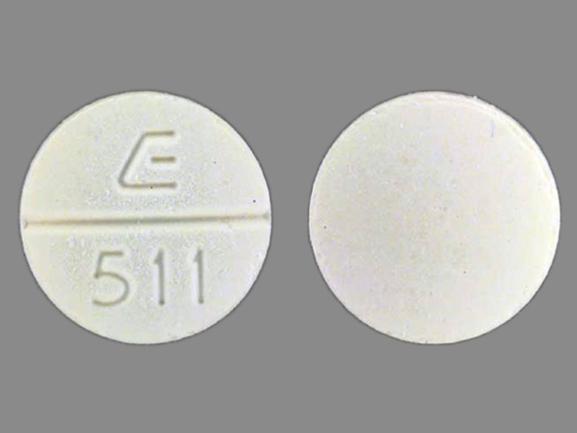Quinidine Disease Interactions
There are 6 disease interactions with quinidine.
- Cardiovascular dysfunction
- Anticholinergic activity
- Sinus-AV node dysfunction
- Electrolyte imbalance
- Liver dysfunction
- Renal dysfunction
Antiarrhythmics (applies to quinidine) cardiovascular dysfunction
Major Potential Hazard, Moderate plausibility. Applicable conditions: Hypotension, Congestive Heart Failure
Antiarrhythmic agents can induce severe hypotension (particularly with IV administration) or induce or worsen congestive heart failure (CHF). Patients with primary cardiomyopathy or inadequately compensated CHF are at increased risk. Antiarrhythmic agents should be administered cautiously and dosage and/or frequency of administration modified in patients with hypotension or adequately compensated CHF. Alternative therapy should be considered unless these conditions are secondary to cardiac arrhythmia.
Quinidine (applies to quinidine) anticholinergic activity
Major Potential Hazard, High plausibility. Applicable conditions: Glaucoma/Intraocular Hypertension, Myasthenia Gravis, Urinary Retention
The use of quinidine is contraindicated in patients with preexisting conditions that are likely to be exacerbated by anticholinergic activity, such as myasthenia gravis, glaucoma, and urinary retention or obstruction.
Quinidine (applies to quinidine) sinus-AV node dysfunction
Major Potential Hazard, High plausibility. Applicable conditions: Heart Block
The use of quinidine is contraindicated for use in patients without a functioning artificial pacemaker whose cardiac rhythm is dependent upon a junctional or idioventricular pacemaker, including patients with complete AV block. Therapy with quinidine should be administered with caution in patients with severe sinus-node dysfunction such as sick sinus syndrome, bradycardia-tachycardia syndrome, or second- or third-degree heart block.
Antiarrhythmics (applies to quinidine) electrolyte imbalance
Moderate Potential Hazard, High plausibility. Applicable conditions: Hyperkalemia, Hypokalemia, Magnesium Imbalance
Electrolyte imbalance can alter the therapeutic effectiveness of antiarrhythmic agents. Hypokalemia and hypomagnesemia can reduce the effectiveness of antiarrhythmic agents. In some cases, these disorders can exaggerate the degree of QTc prolongation and increase the potential for torsade de pointes. Hyperkalemia can potentiate the toxic effects of antiarrhythmic agents. Electrolyte imbalance should be corrected prior to initiating antiarrhythmic therapy. Clinical monitoring of cardiac function and electrolyte concentrations is recommended.
Quinidine (applies to quinidine) liver dysfunction
Moderate Potential Hazard, Moderate plausibility. Applicable conditions: Liver Disease
Quinidine is primarily metabolized by the liver to active and inactive forms. Hepatic dysfunction causes a slowed metabolism and elimination of the drug which can lead to quinidine toxicity if dosage is not appropriately reduced. Clinical monitoring of hepatic function is recommended.
Quinidine (applies to quinidine) renal dysfunction
Moderate Potential Hazard, High plausibility.
Renal dysfunction causes a slowed elimination of quinidine which can lead to quinidine toxicity if dosage is not appropriately reduced. Therapy with quinidine should be administered cautiously and dosages reduced in patients with compromised renal function. Quinidine is not appreciably removed by hemodialysis.
Switch to professional interaction data
Quinidine drug interactions
There are 620 drug interactions with quinidine.
Quinidine alcohol/food interactions
There is 1 alcohol/food interaction with quinidine.
More about quinidine
- quinidine consumer information
- Check interactions
- Compare alternatives
- Pricing & coupons
- Reviews (2)
- Drug images
- Side effects
- Dosage information
- During pregnancy
- Drug class: group I antiarrhythmics
- Breastfeeding
- En español
Related treatment guides
Drug Interaction Classification
| Highly clinically significant. Avoid combinations; the risk of the interaction outweighs the benefit. | |
| Moderately clinically significant. Usually avoid combinations; use it only under special circumstances. | |
| Minimally clinically significant. Minimize risk; assess risk and consider an alternative drug, take steps to circumvent the interaction risk and/or institute a monitoring plan. | |
| No interaction information available. |
See also:
Further information
Always consult your healthcare provider to ensure the information displayed on this page applies to your personal circumstances.


